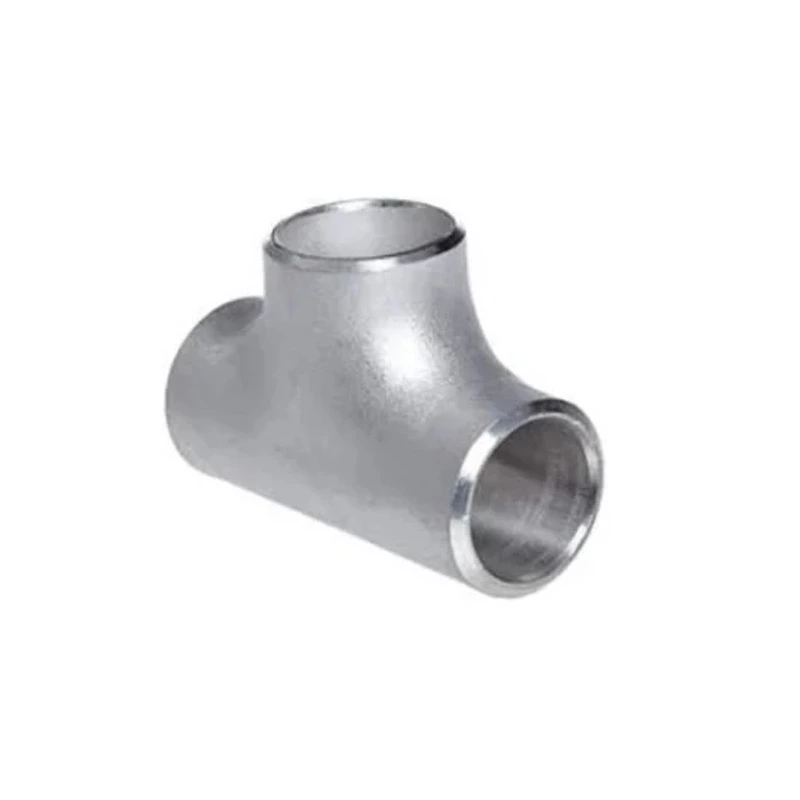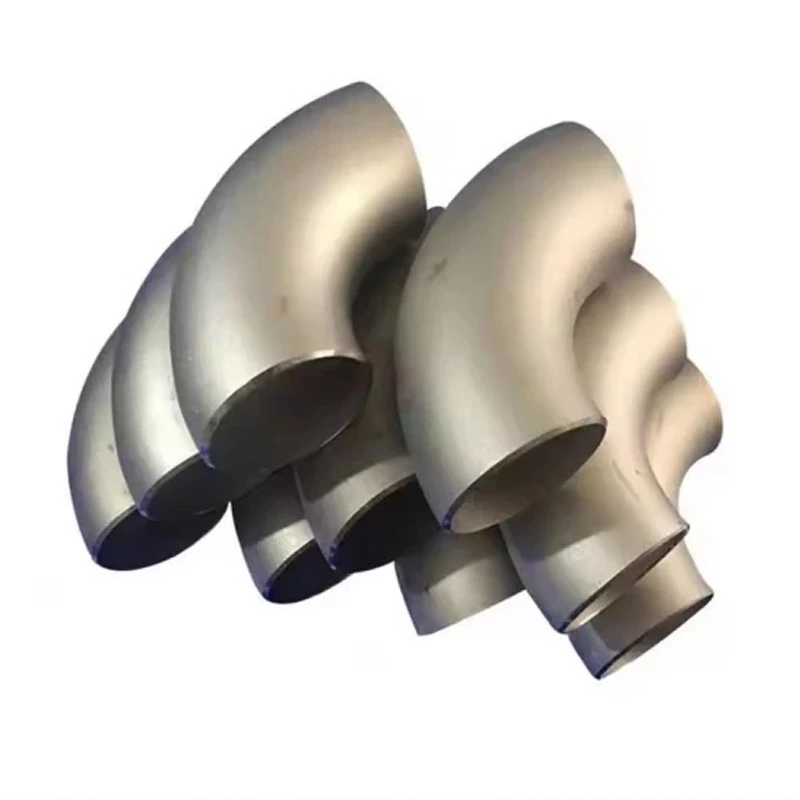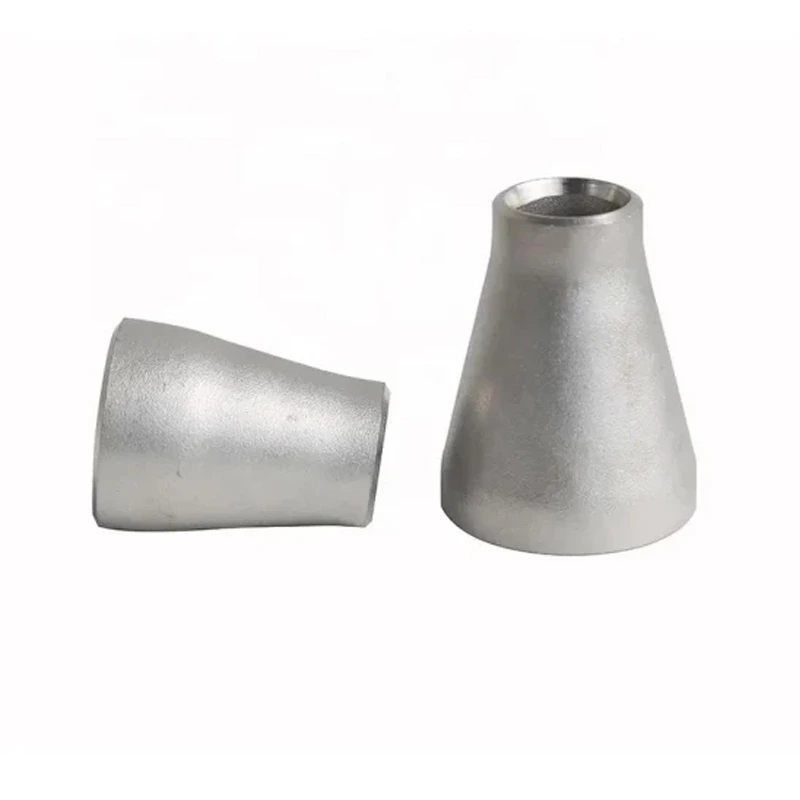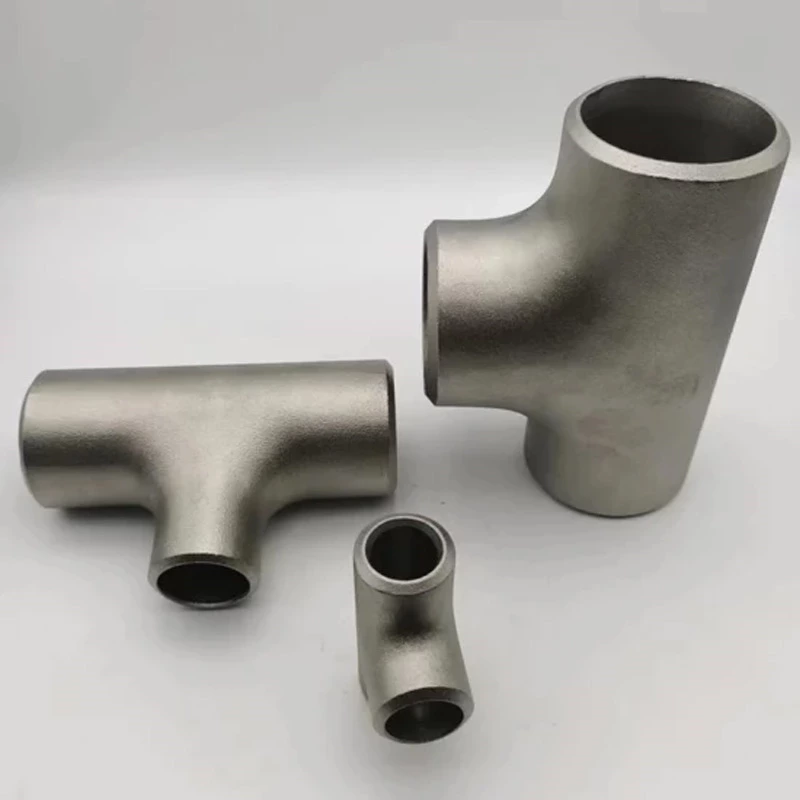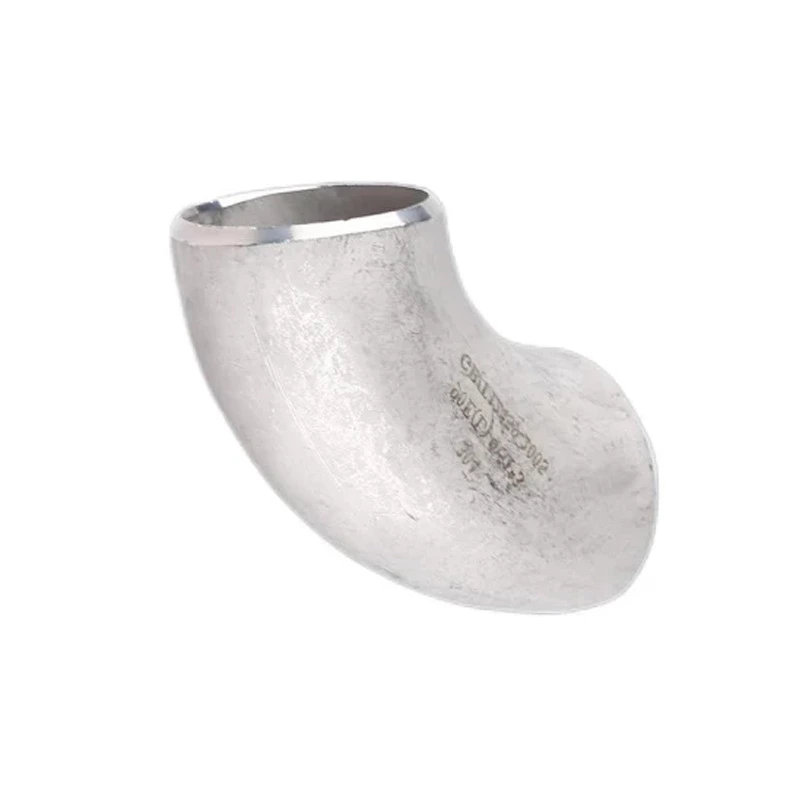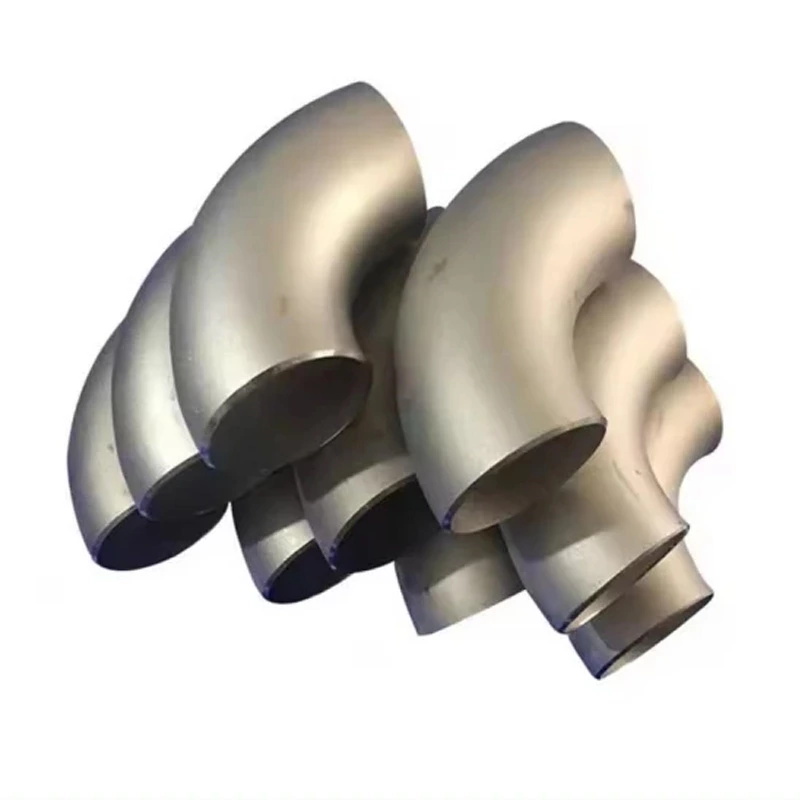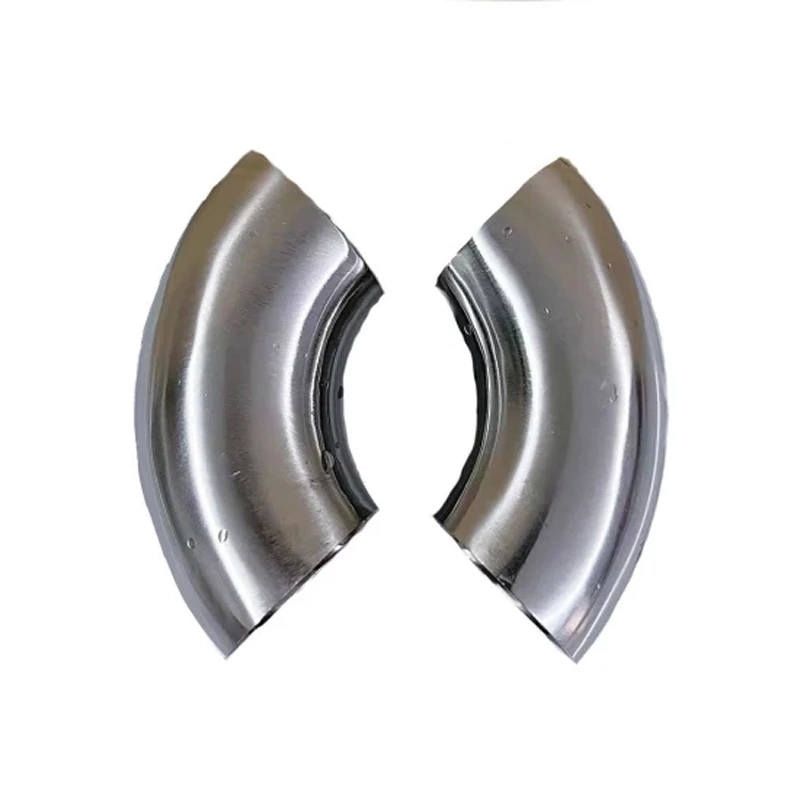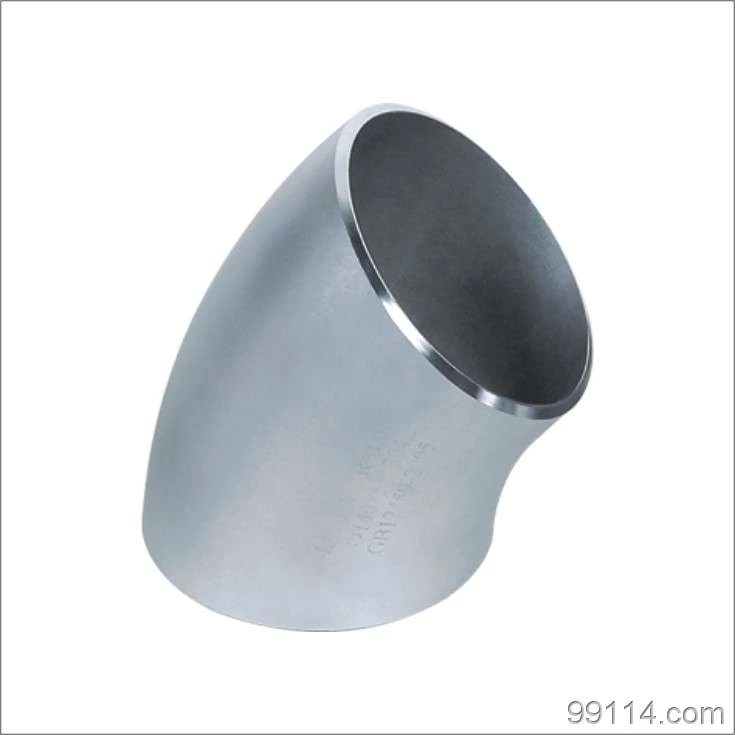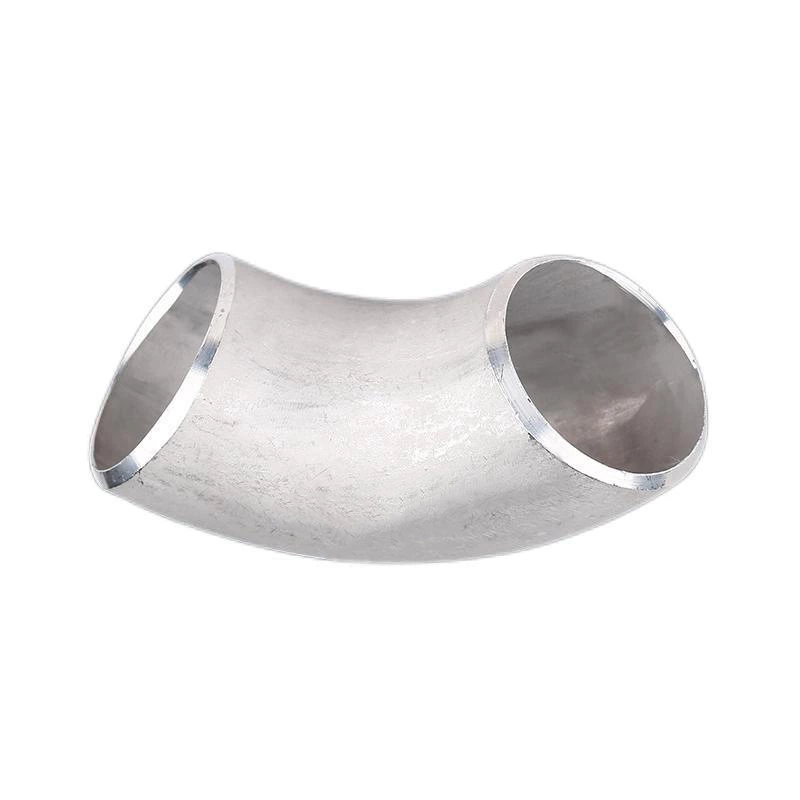Storage Method Of Stainless Steel Tee
Stainless Steel Weld Tee is a pipe fitting with excellent performance and strong corrosion resistance. Tees are widely used in pipeline construction. Although stainless steel tees have good corrosion resistance, they still need to be carefully stored, otherwise the quality of the tees will be affected to a certain extent.
There are two main types of stainless steel tees, one is T-type and the other is Y-type. These two tees are very common in different conditions.
After the stainless steel tee is produced, it needs to be sealed and handled carefully to avoid corrosion and passivation on the surface of the stainless steel tee. It needs to be wrapped with three layers of canvas to enhance protection. The reason why stainless steel tees can be widely used in pipeline construction is that stainless steel tees have many advantages.
Stainless steel tees are connected by seamless welding technology, and the welds are smooth. Compared with other pipe fittings, tees can better meet customers' strict requirements for stretching, bending and other processing. Stainless steel tees usually have a large moment of inertia and section modulus, strong bending and torsion resistance, which can greatly reduce the weight of the structure and save steel. Stainless steel tees will be used in many parts of residential or construction projects to meet the requirements of complex buildings. Stainless steel tees are made of round, square or other stainless steel pipes, and then in the production process, various processes such as mechanical processing, bending, and reverse processing are used to meet the construction requirements without destroying the internal structure of the steel pipe and affecting its service life.
Stainless steel tees have high strength and can withstand a certain degree of impact. Stainless steel tees have the properties of earthquake resistance, fire resistance, and no leakage. At the same time, stainless steel tees have been widely used. The stability of stainless steel tees can effectively avoid the pollution of material elements.
